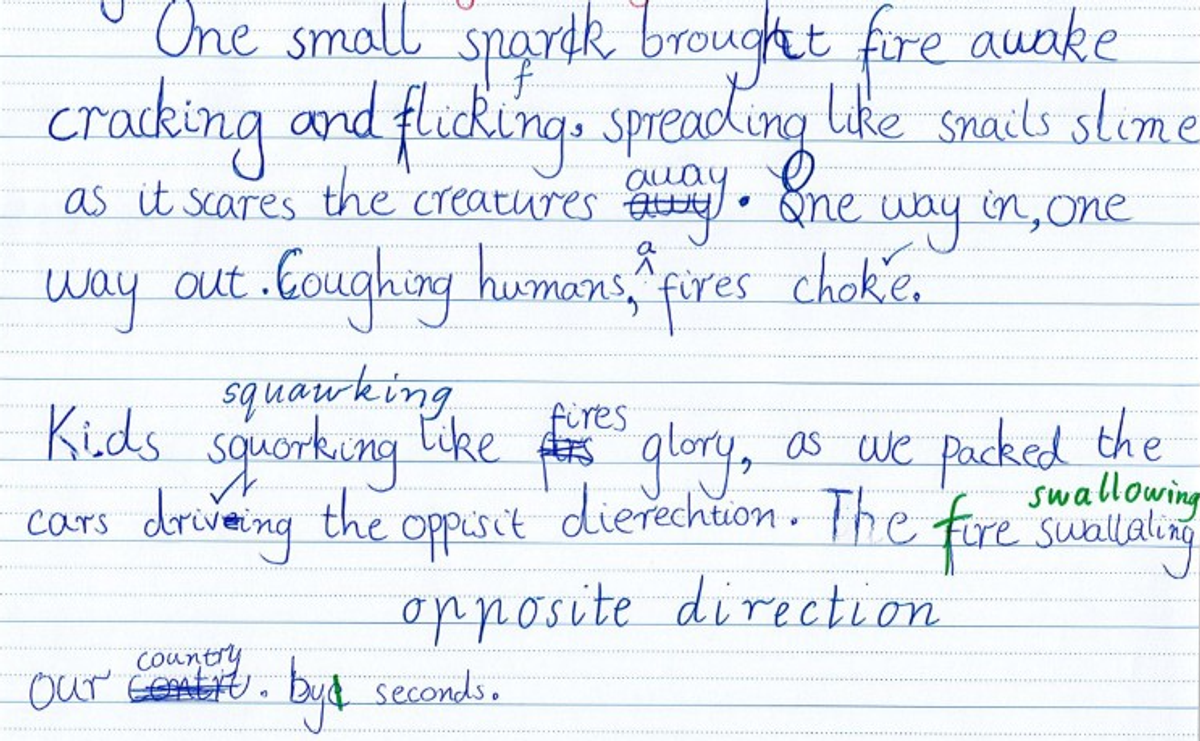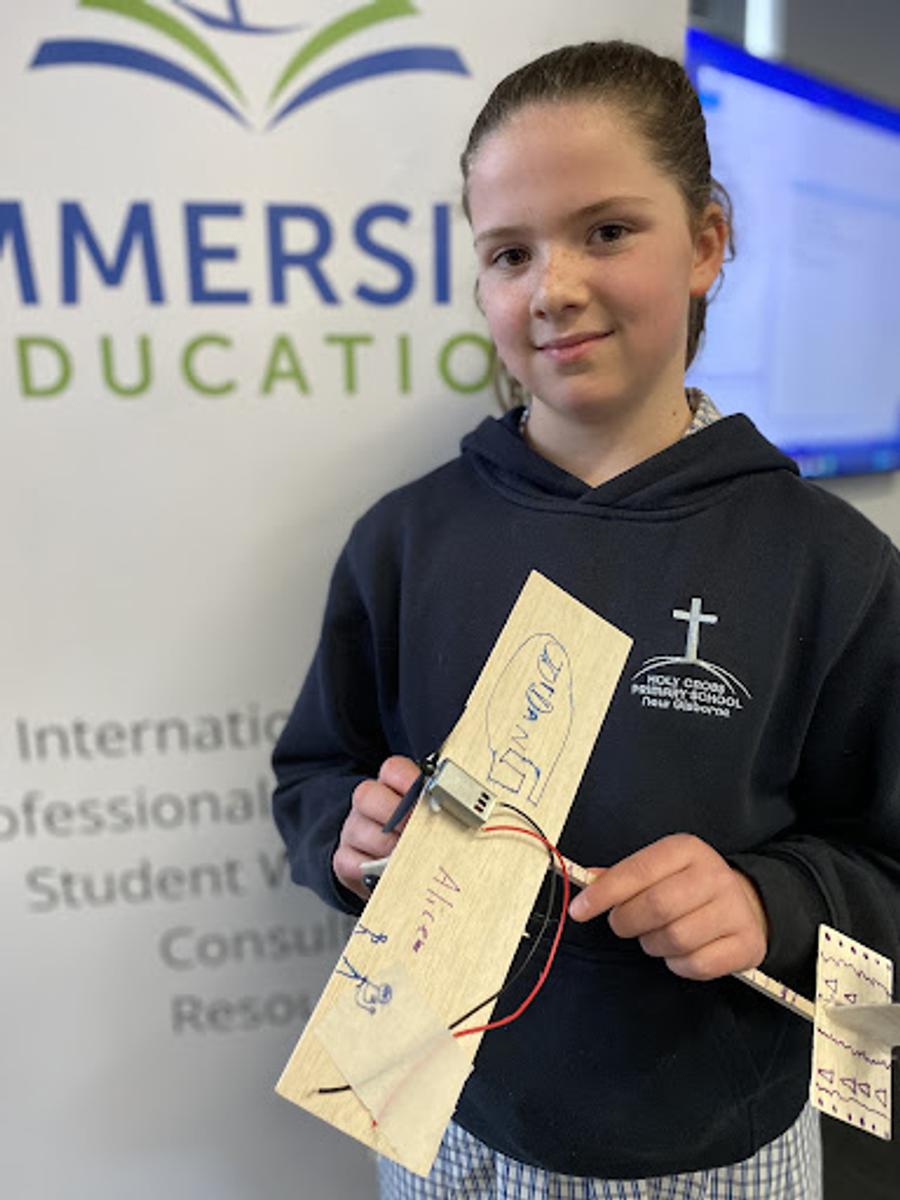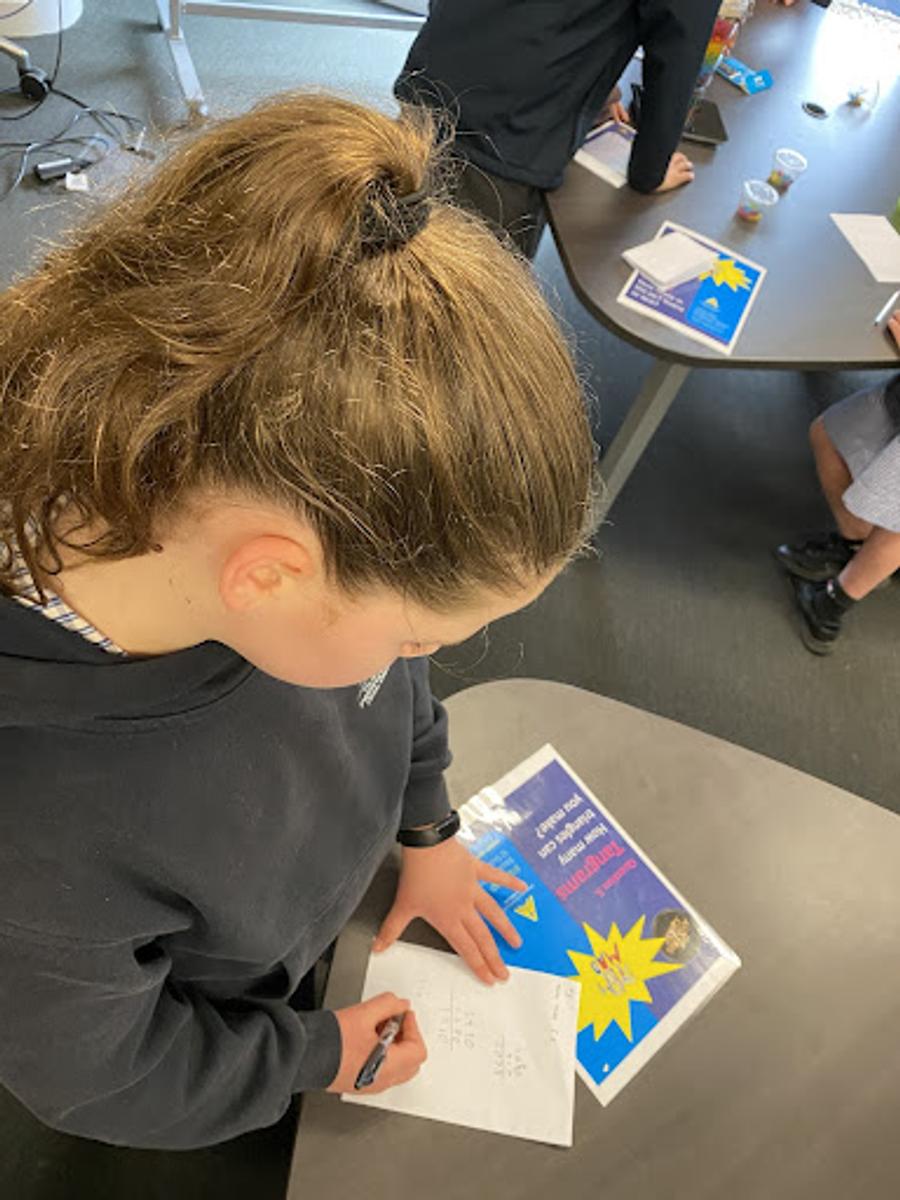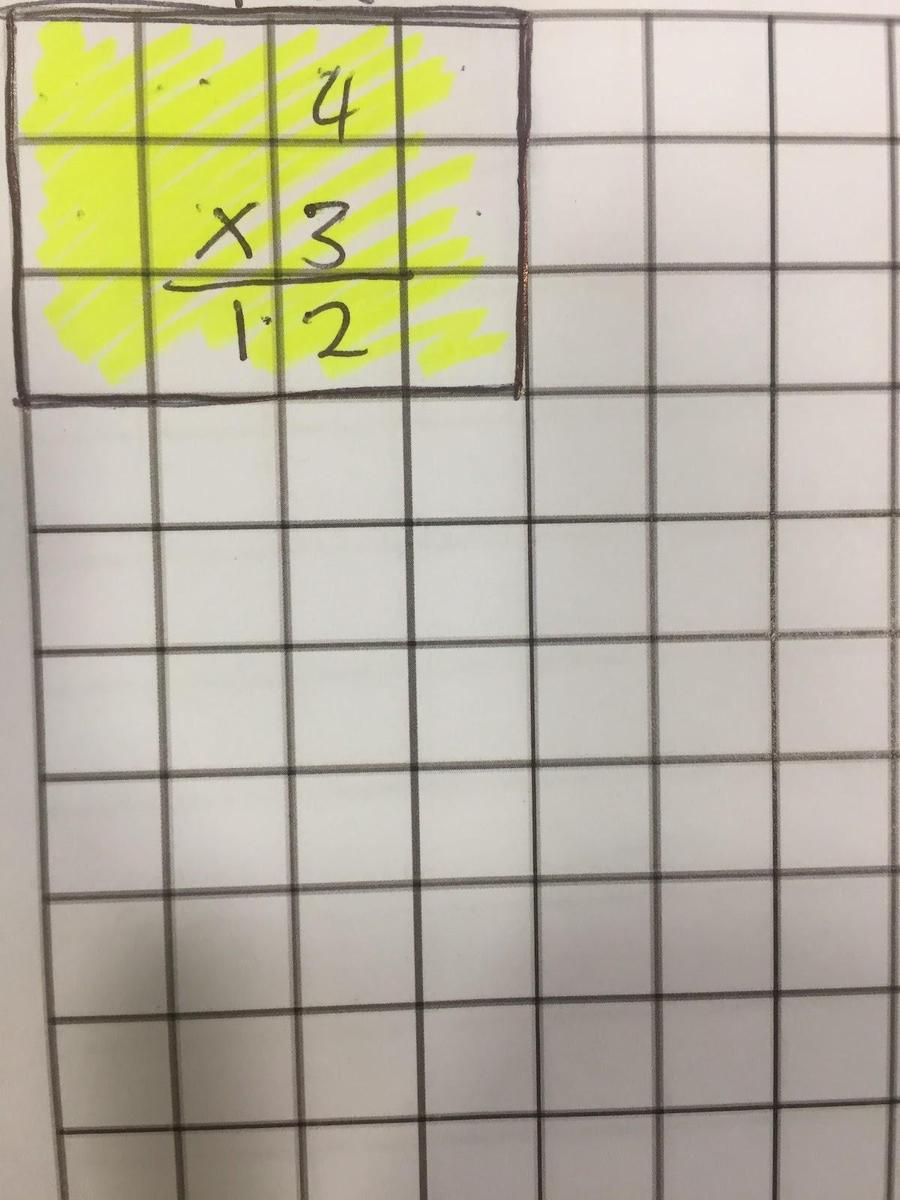Learning & Teaching
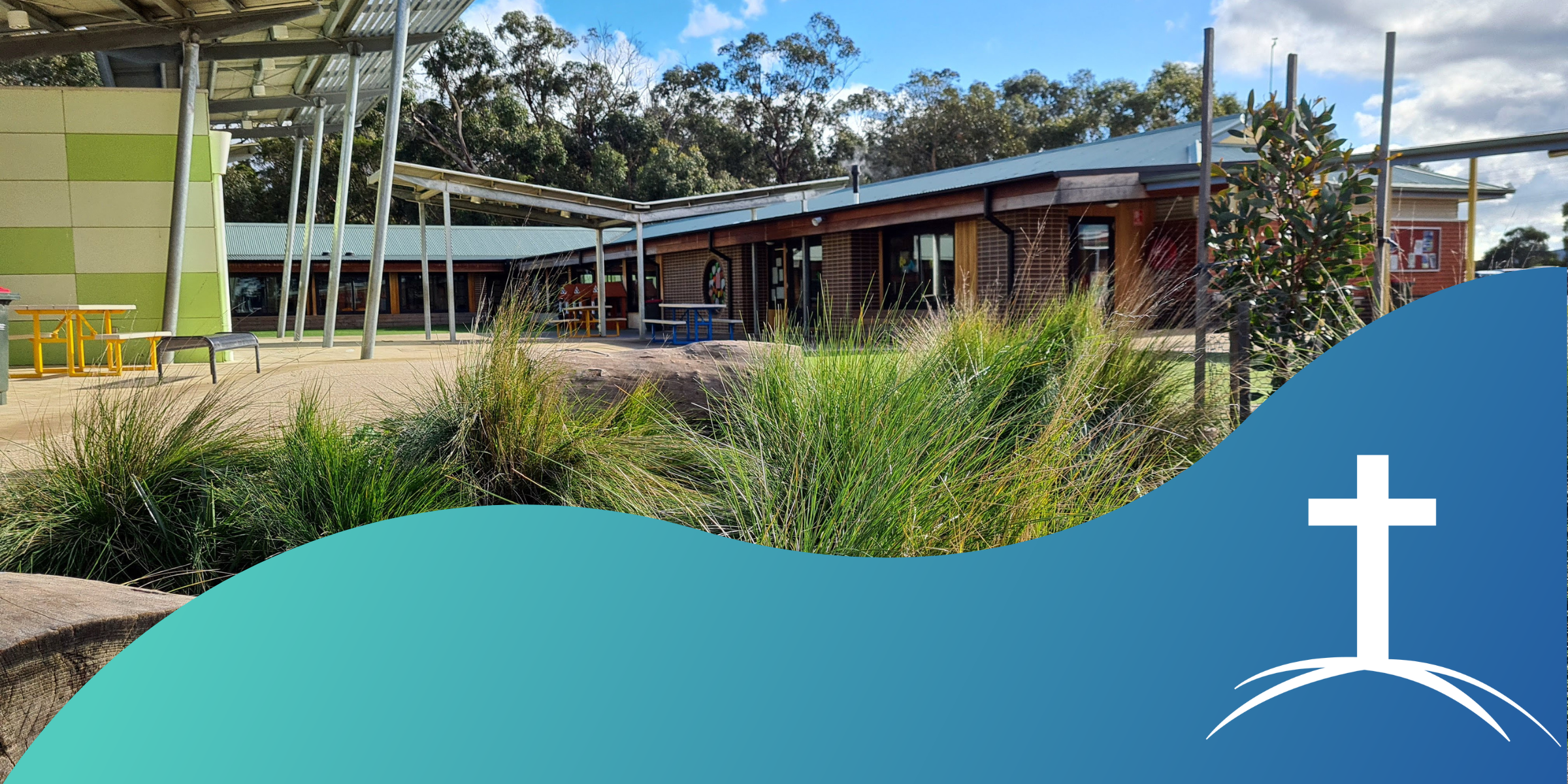
Text Transformation: A Dynamic Teaching Practice
Text Transformation is a dynamic teaching practice employed to enhance writing skills. It involves extracting captivating sentences from high-quality texts, then altering these sentences to evoke specific effects on the reader. This alteration can encompass rearranging clause order to shift the reader's visualisation, substituting adjectives or adverbs to alter sentence meaning, adjusting sentence length, and incorporating words and phrases to impact the mood and tone. Our young authors in Year 3 have been exploring this creative process, and our teachers have witnessed an increase in their confidence as they experiment with diverse sentence structures in their own writing. Here are some recent writing samples from our Year 3 authors, showcasing the positive influence of Text Transformation on their writing:
By Ivy
By Chelsea
STEM MAD Aviation Comp
Alice Guthridge 5B
On Thursday the 12th of October I went to the Catholic Leadership Centre in East Melbourne to compete in the STEM MAD Aviation Competition. The competition was to decide the fastest plane. I was against 13 of the fastest planes from across the state. After a last minute repair on the vertical stabiliser, I was called up. I was feeling nervous as I approached the flight area. One of the helpers attached my plane to the tether and gave me some safety glasses. I gently pressed the button to make it take off. I got the plane to fly on the first go. It flew at 23.3 kph. After the competition I explored the centre viewing the other STEM exhibits and displays and did a scavenger hunt. Thank you to Aoife and the staff at Holy Cross for providing Grade 5 with the experience of making our planes.
Enhancing Mathematics Learning through Instructional Games
Using instructional games is an effective strategy for building mathematics skills by actively involving children in hands-on activities and encouraging them to articulate their actions, thoughts, and interpretations. This active engagement aids in the development of mathematical understanding. Additionally, games are inherently captivating, serving as a source of motivation for learners. Our educators utilise evidence-based instructional games as an important component of a well-rounded maths curriculum. Below is an example of one of our favourite instructional maths games that you may wish to play with your child at home:
Land For Sale (Multiplication Game)
Materials Needed:
- 2 different coloured dice
- 1 sheet of grid paper for each player
- Coloured pencils and a pen
Aim of the Game
The objective is to be the first player to completely fill their grid paper using the arrays created.
Set Up
Each player gets a sheet of grid paper, coloured pencils, and a pen.
Player 1's Turn:
- Roll both dice.
- Use the numbers rolled to create an array (a rectangular arrangement) on the grid paper.
- Color in the cells to match the size of the array created.
- Inside the array, record the numerical representation using a multiplication sum.
Player 2's Turn:
Follow the same steps as Player 1.
Gameplay:
Players take turns following steps 1 to 4 until one player fills their grid paper.
Number Sense Routines: Subitising
Number routines are short, sharp regular activities that build number sense. At Holy Cross we use number routines daily from Prep to Year 6 to begin our Maths lessons.
Subitising is one of our high impact number routines that we use regularly, particularly in our Prep space.
What is subitising?
Subitising is the ability to instantly recognise and comprehend small numbers of objects without counting. It involves immediately grasping the quantity of a group, typically up to around five to seven items, through rapid visual perception.
How does subitising build number sense?
Subitising helps children build images for numbers, visualise and learn number facts.
How Many Dots?

